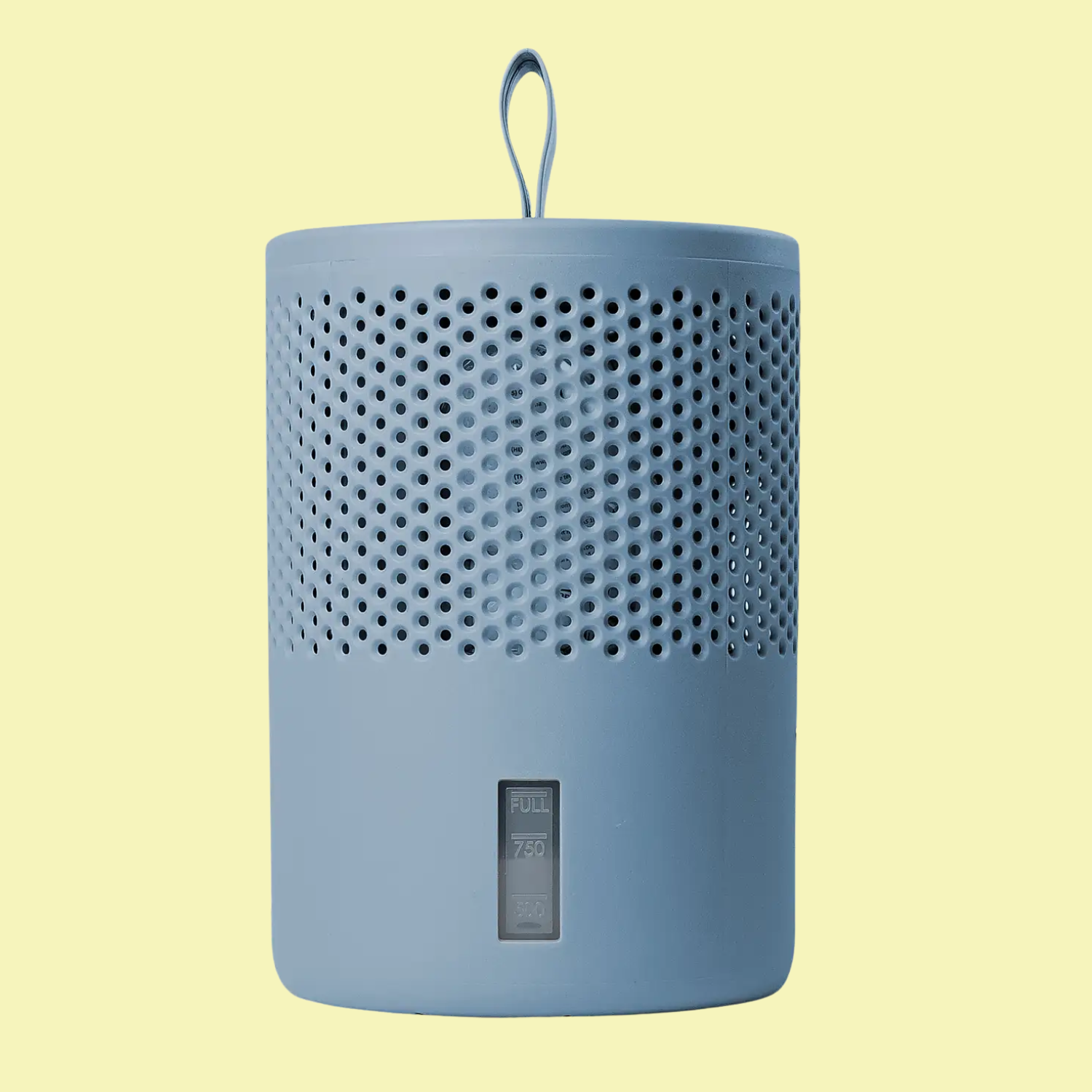Lüften Is a German Practice That Will Keep Your Home Feeling Fresh in the Autumn — Here’s What It Entails and Why You Should Try It
Reviving your indoor atmosphere is incomplete without airing out your home, and this simple tip will come in handy as the seasons cool
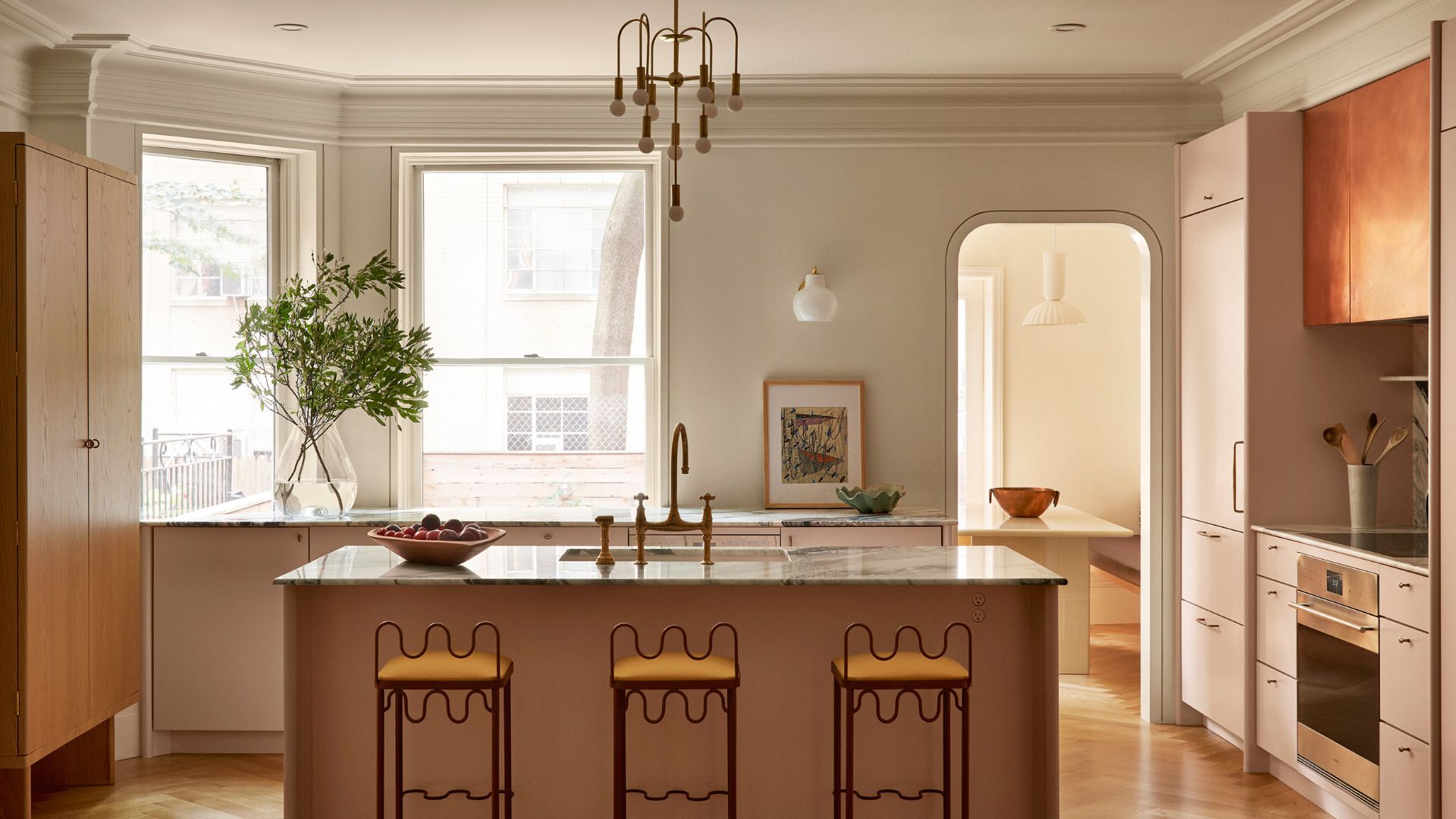

Aside from the fading sun and the cooling air, the stark difference between the warmer seasons and the cooler times of year is the lack of comfortable natural ventilation. It's easy to keep the windows wide open in the summer, but this task proves difficult as the year begins to wind down.
And while there are rules like end-of-year rules, like how often you should open your windows in winter, healthy autumn window etiquette tends to go forgotten. But I just discovered the German practice of lüften that will keep you mindful of the air quality in your home.
There are some guidelines to follow when practicing lüften and plenty of benefits to convince you, too. But first, let's discuss what exactly it entails.
What Is Lüften?
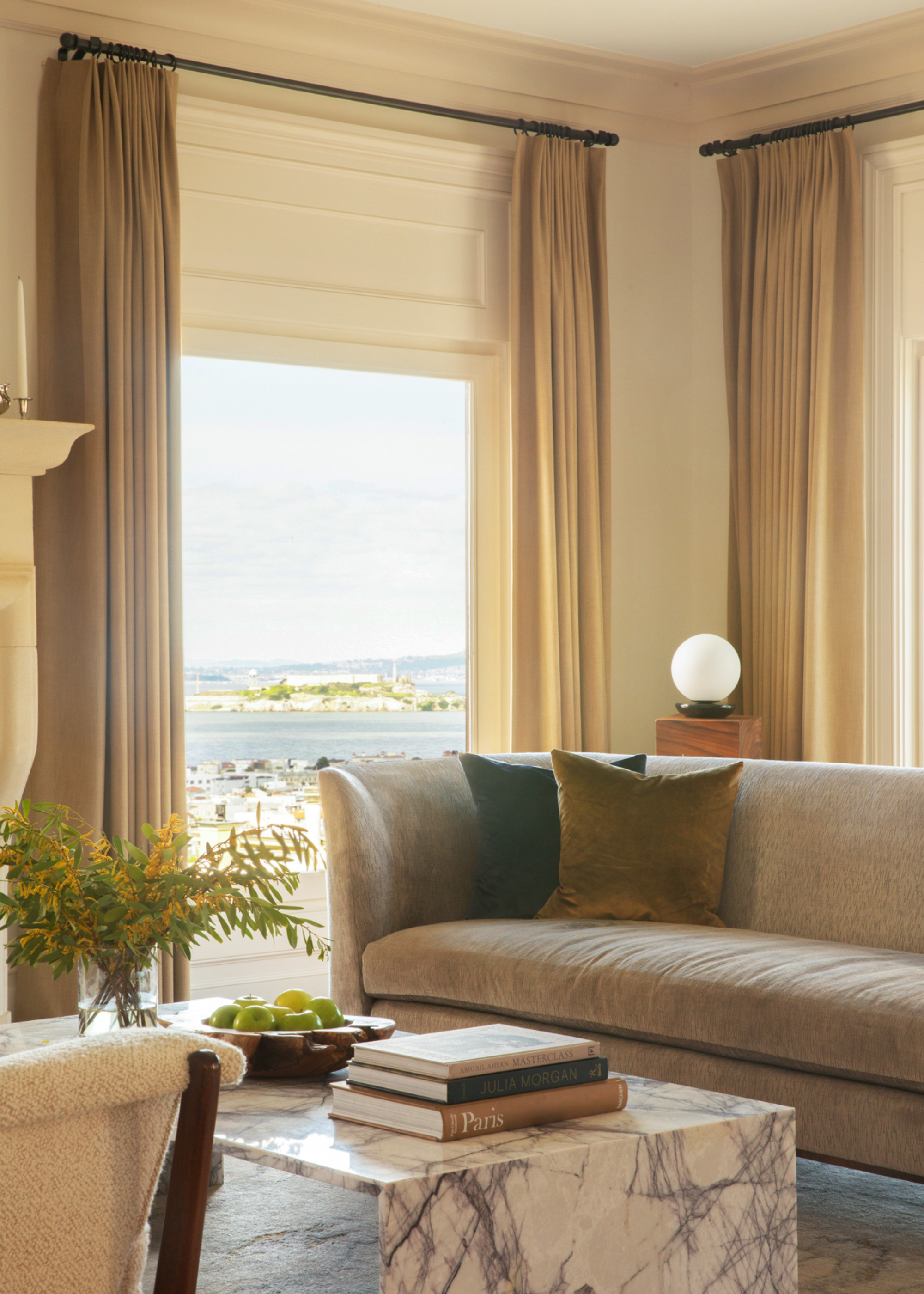
It's all about opening your windows in bursts.
Similar to the well-known guidelines around sleeping with your windows open in the winter, lüften speaks to a general rule of thumb to be followed for a healthy home atmosphere. However, it's especially clever through the autumn season.
"The concept of lüften, which translates to ‘airing out’, is the German practice of shock or purge ventilation. The core principle is to rapidly exchange the entire volume of stale, humid indoor air with fresh, drier outdoor air," says Jack Allen, managing director and founder at Building Energy Experts.
"Instead of leaving windows slightly ajar for long periods, which cools down the building's structure, or thermal mass, and wastes energy, Lüften involves opening windows wide for a short, intense period, typically between five and fifteen minutes. This purges the old air without significantly losing the thermal energy stored in your home's walls, floors, and furniture."

Jack Allen is the managing director and founder of Building Energy Experts. He is motivated by the mission to make every building energy efficient, bringing comfort, carbon reduction, lower costs, and improved health and well-being to its inhabitants. With 14 years of experience in sustainability within the built environment, Jack has worked across every stage of a building's life cycle — from planning sustainability through to post-completion testing and certification, as well as retrofit consultancy and home energy surveys.
How to Practice Lüften
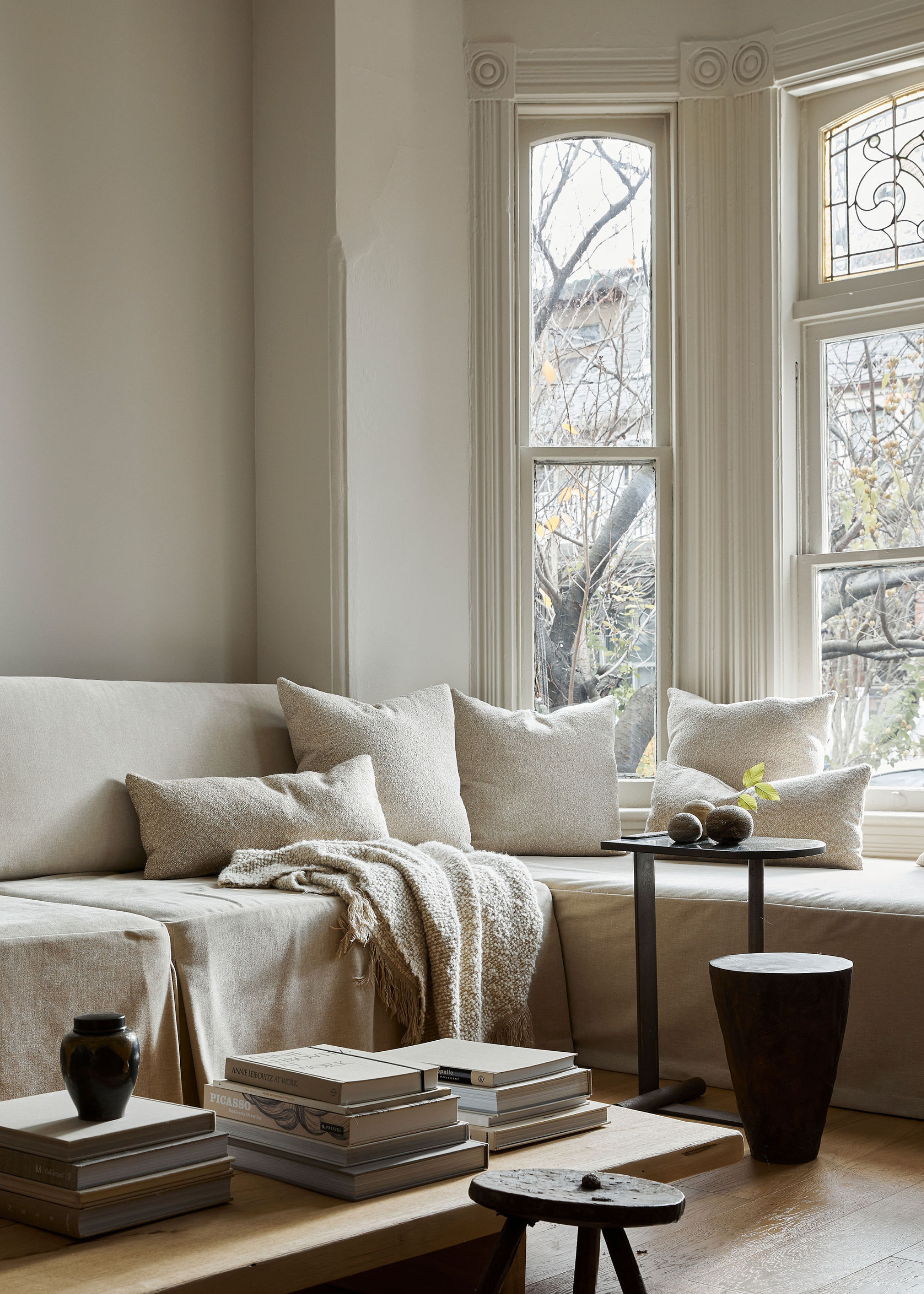
Whether it's opposing windows or adjacent ones, even a small push makes a difference.
Contrary to what you might think, HVAC expert Megan Doser explains that you don’t actually need to open all the windows in your home or have perfectly opposed ones for it to count as lüften.
The Livingetc newsletters are your inside source for what’s shaping interiors now - and what’s next. Discover trend forecasts, smart style ideas, and curated shopping inspiration that brings design to life. Subscribe today and stay ahead of the curve.
"Opening a couple of windows on one floor is still lüften. The key is to open them wide for a short time of five to ten minutes," she advises. "However, opening opposite windows or a window and door to the outside creates the strongest and quickest airflow."
Also known as querlüften, Jack also finds that this is the best method to create a cross-flow of air to sweep through the entire space, including through interior windows between rooms.
"For the best results, aim to do this two to four times a day, especially at key moments like first thing in the morning to clear out moisture accumulated from stagnant breathing all night, after cooking or showering, and before bed," he advises.
"But if you live in a home where cross-ventilation isn't possible, simply opening one or two windows as wide as they can go is still far more effective at removing moisture than tilting them open for hours."
Not only is this one of the best ways to dehumidify your home without a dehumidifier, but it's also the most energy-efficient way to go about avoiding condensation and mold.

Megan Doser is the owner of Doctor Fix It Plumbing, Heating, Cooling & Electric, a family-founded company serving the Denver area since 1978. She represents the second generation of leadership, taking over from her father, Steve Jusseaume, who started the business more than four decades ago. Today, Megan continues to guide Doctor Fix It with the same values it was built on — integrity, accountability, and treating every customer like family — while leading the company’s plumbing, HVAC, and electrical services into the future.
What Are the Benefits of Lüften?
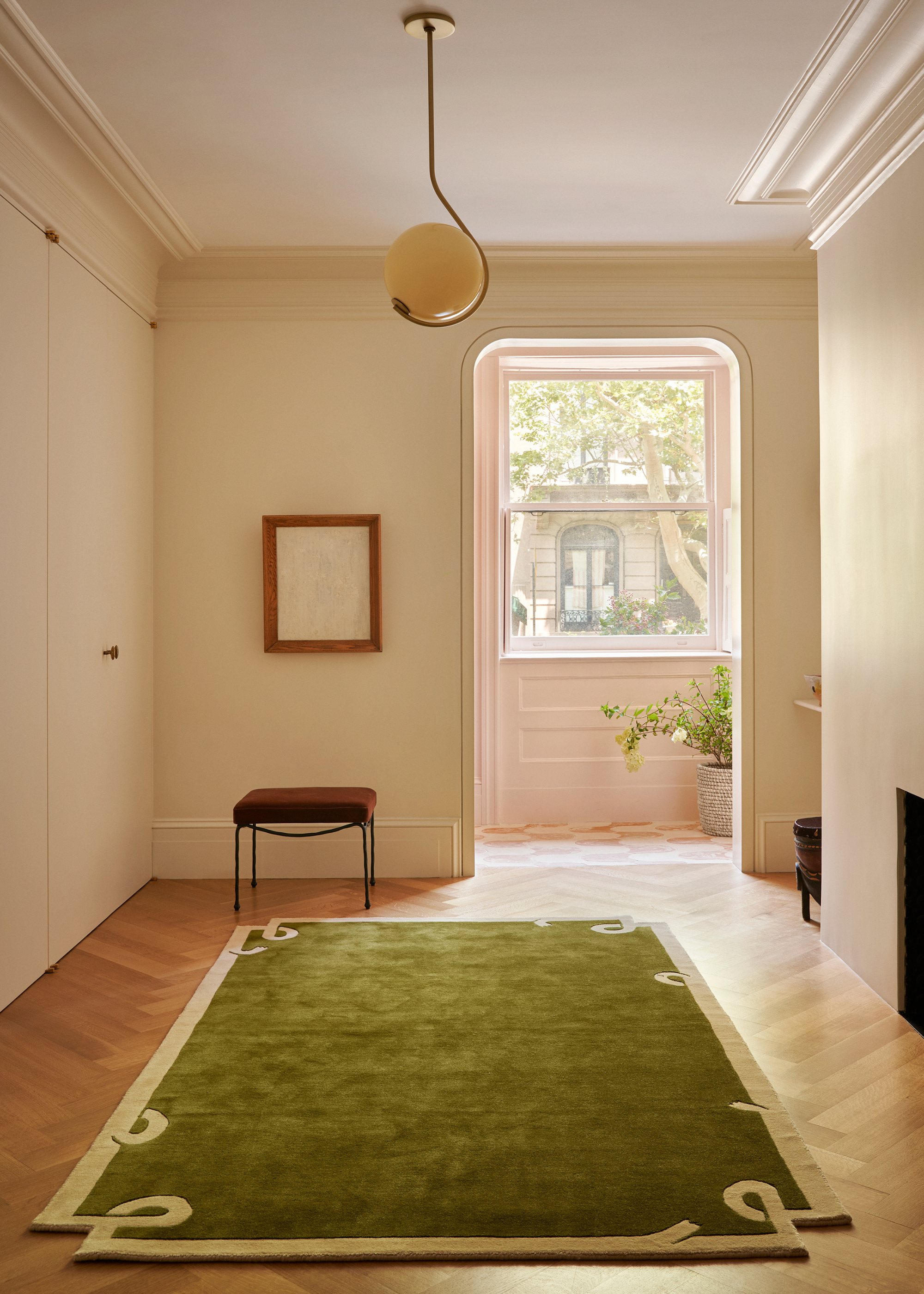
There's more to it than just a fresh airing out.
Jack tells me that there are a couple of crucial advantages to practicing lüften. According to him, the most immediate benefit is the prevention of mold and condensation.
"By rapidly expelling the significant amount of moisture-laden air produced daily from breathing, cooking, and washing, lüften prevents dampness from forming on cold surfaces. This process also dramatically improves indoor air quality, flushing out accumulated pollutants like dust, allergens, and excess CO₂," he notes.
"Perhaps counterintuitively, lüften is also a highly energy-efficient practice. Because the short, intense burst of ventilation doesn't cool the building's thermal mass, your heating system only has to warm up the new, fresh, and drier air, which heats up much more quickly and efficiently than damp, stale air."
So, when you're planning to reset your home for fall, make sure to take inspiration from this German practice and air out your space for a better indoor atmosphere.
Dehumidifying Accessories
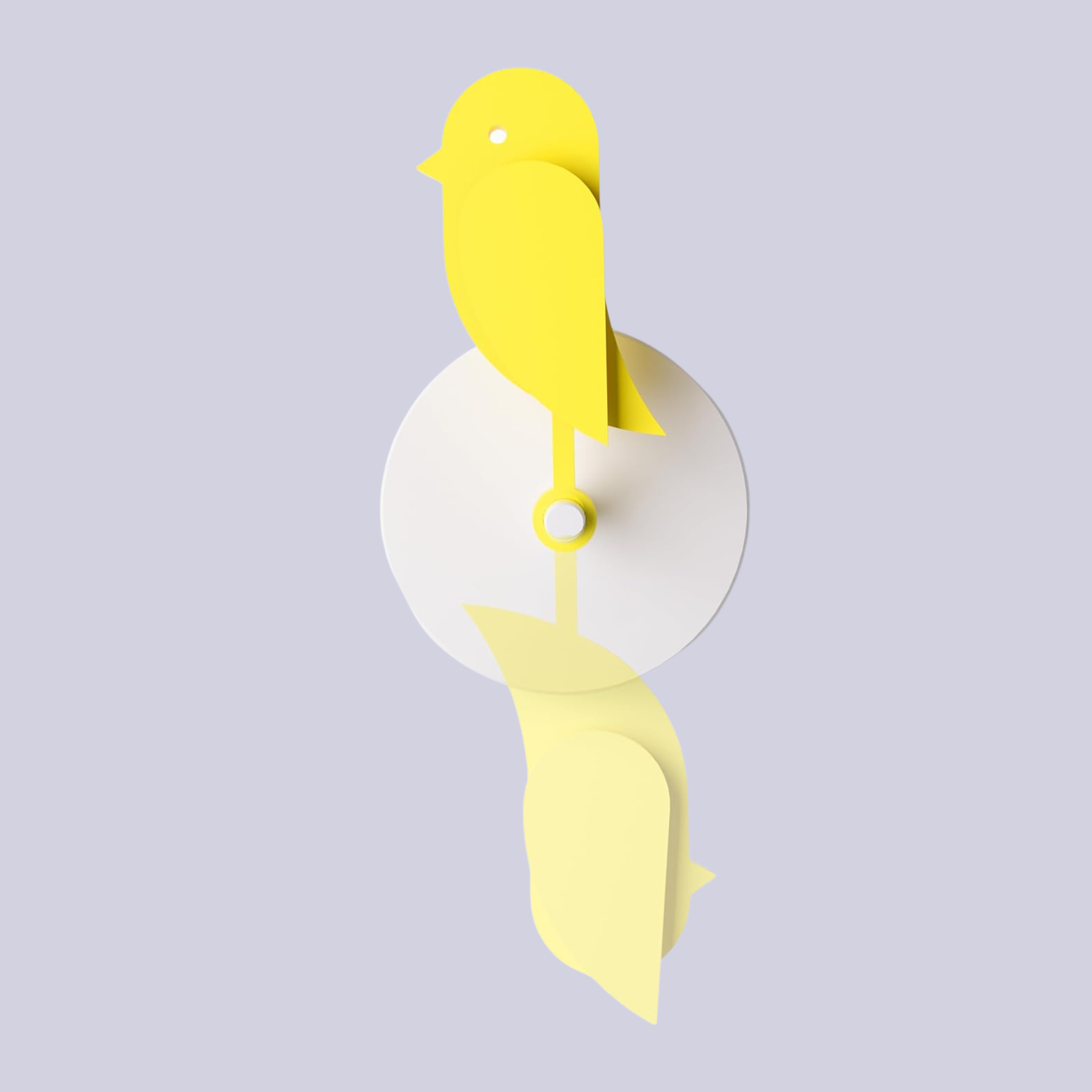
Color: Yellow
This Birdie Design Indoor CO2 Monitor is a fun way to tell when your home needs a dose of fresh air.
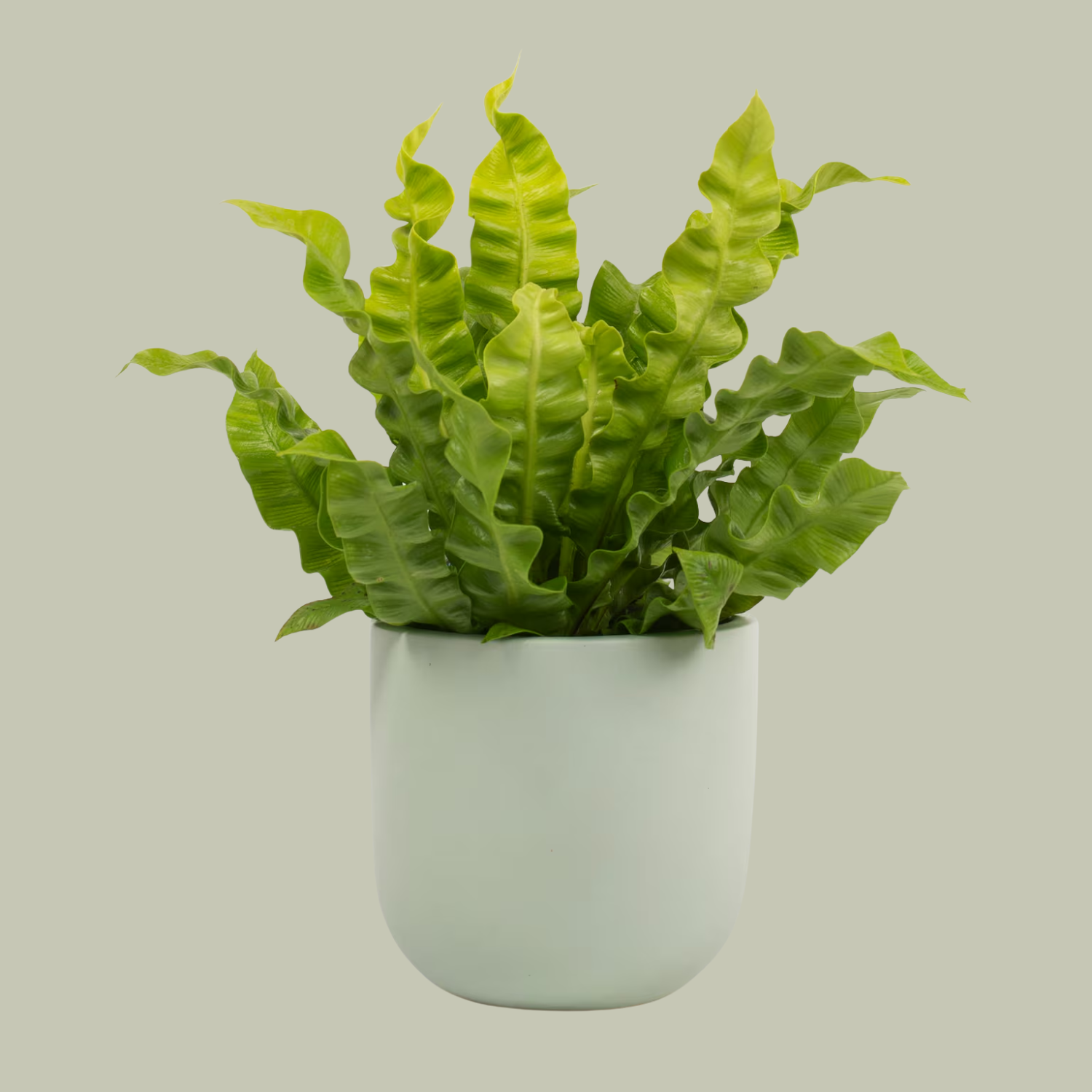
Size: 30 cm (H)
If you're looking for houseplants that reduce condensation, look to this Crispy Wave Fern from Beards & Daisies.
FAQs
Does Lüften Prevent Mold?
Jack explains that while lüften is a powerful daily habit, it is not a standalone solution for persistent damp or mold issues.
"These problems are often caused by a complex interplay of ventilation, insulation continuity, and the airtightness of the building fabric," he explains. "In many of our homes in the UK, especially single-aspect flats with restricted window openings, relying solely on lüften isn't practical or sufficient."
However, you can support this technique by bringing in some plants to remove mold and by reaching out to an HVAC expert to identify any underlying problems and provide healthy solutions to keep your living space healthy and beautiful.
Next comes the question of whether you should close vents in unused rooms. And our guide will reveal the answer and the consequences of going the other way. Trust me, it's little things like this that are worth knowing when you put as much effort into your home as I know you do.

Amiya is a Home Wellness Writer at Livingetc. She recently graduated with a Masters Degree in Magazine Journalism from City, University of London, and has lent her words to beauty, fashion, and health sections of lifestyle publications including Harper’s Bazaar and Women’s Health. Her experience as a research analyst has equipped her with an eye for emerging trends. When she’s off the clock, she can be found reading, listening to music, or overanalyzing her latest Co-Star update.
